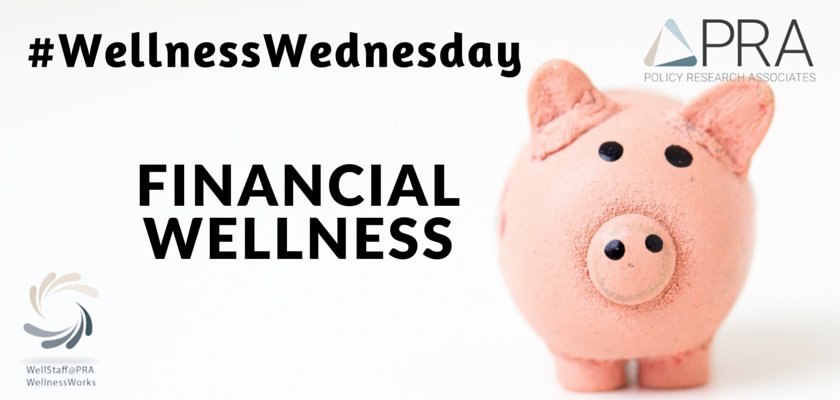Like many of my peers (43 million of them, to be exact), I graduated from college with student loan debt. Mine is a bit higher than your average…okay, a lot higher than your average.
I remember attending the accepted students’ weekend at college and sitting through a series of student loan workshops where we were encouraged take on student loans, preferably in our parents’ names, as our earning potential upon graduation would eclipse the future loan payments we would be making. They made monthly loan repayments of $1,000 or more sound normal. I signed on the dotted line and had a wonderful 4 years in school. Then came graduation, a 6-month grace period, and my first month of student loan bills, which turned out to be 65 percent of my take-home pay.
I remember calling my student loan providers and pleading with them for reduced rates, but nothing could be done. That first year, I spent many sleepless nights trying to figure out how I could make ends meet. I took on a second job, ate $1 slices of pizza pretty regularly, and said no to almost every social engagement I was offered (unless it was free).
It’s been 5 years since I’ve graduated, and throughout that time, I’ve taken some slow (and often hard) steps to get on the right track to financial wellness (although I’m not at 100% yet):
Using budgeting tools to track spending
There are a hundreds of different budgeting apps that you can use to track your spending—You Need a Budget, Mint, Pocket Guard, GoodBudget, etc. I have found a lot of success with Mint to keep my spending in check and to be aware of what I am spending. I’ve developed broad budgets for monthly expenses (student loans, car payments, gas, groceries, etc.) and am able to track and assign my transactions as they come in. I also love that there are lots of great graphs that show different trends in income, net worth, and spending over time. Getting a visual of what is being spent and when has been incredibly helpful to get my mind around my financial picture.
Paying down student loans through the snowball method
To cut off some time from my 20-year loan periods, I have focused on paying off my smaller loans first. I used any extra money I had to pay above the minimum payment, and then, once the smallest loan was paid off in full, applied that payment to the next smallest loan to rapidly pay it down. I’m the kind of person who needs relatively quick gratification (I’ll admit, I’m a typical Millennial in this sense), so seeing my balances fall quickly keeps up my momentum. With the snowball method, I have successfully paid off the balances of my two smallest loans and am closing in on a third.
Refinancing loans with a private lender
As a lot of loans are in my parents’ names, I am not eligible for many income-based repayment plans or forgiveness programs. Luckily, there has been a lot of movement in the private student loan refinancing market, allowing me to refinance my student loans at a lower interest rate, saving me literally thousands of dollars. I used tools like Student Loan Hero and Tuition.IO (although they have recently pivoted their platform) to find the program that was best for me. Yes, I am forfeiting benefits by having my loans held by a private lender than a federal one, but the savings that I will be gaining are more valuable to me. The refinancing process is long and grueling—I have submitted seemingly endless copies of pay stubs, loan documents, and verification letters over the past 3 months and am not quite done yet—but I am looking at this time spent as an investment that will save me thousands of dollars and many months of payments down the line.
I’m not quite there yet, but I am definitely on the track to financial wellness!


